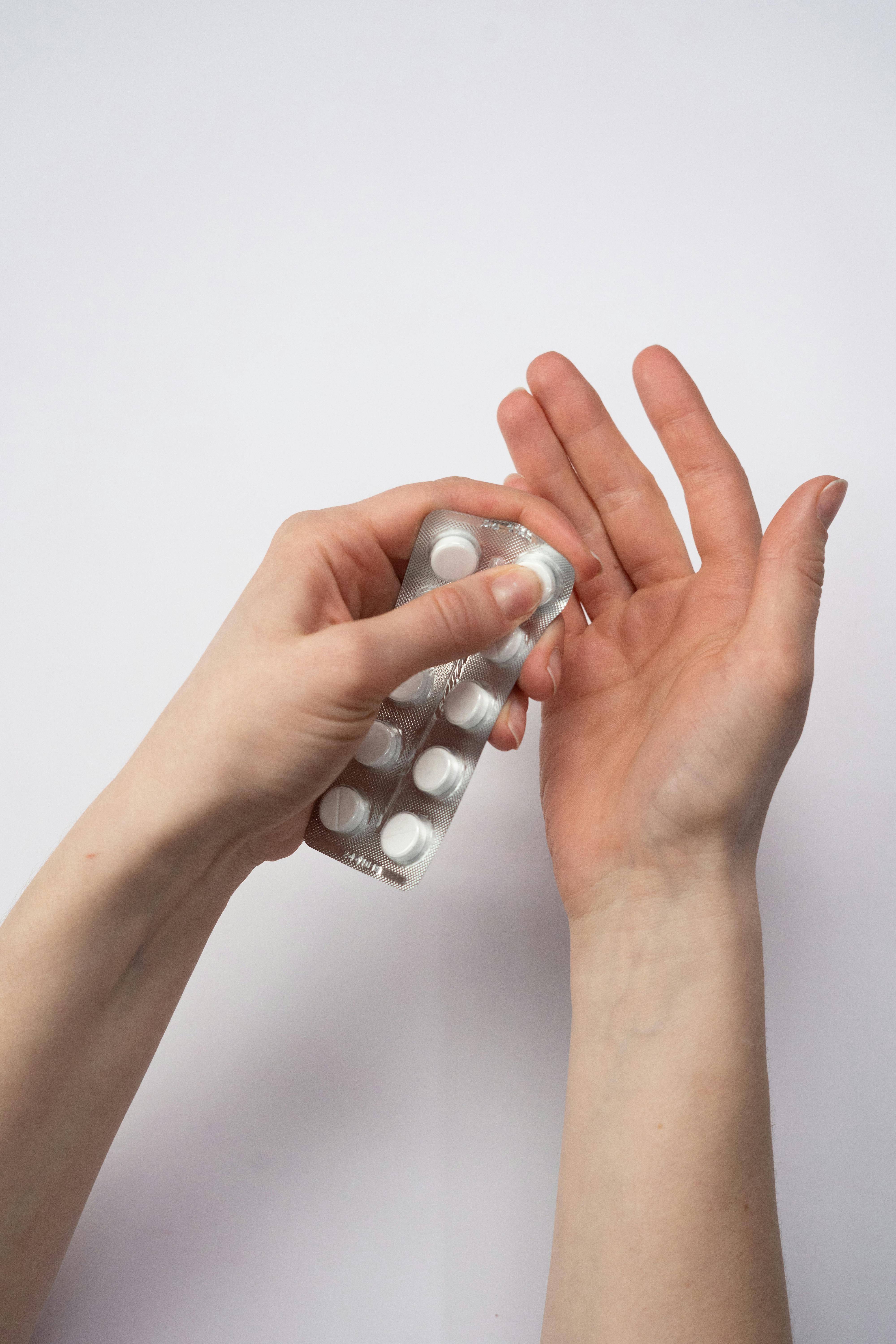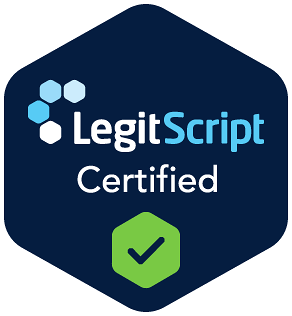Many people with ADHD have trouble focusing, sitting still, or controlling their actions. Some use medicine to help. Atomoxetine is one option, and it works differently from many other ADHD drugs. If you or someone you care for is starting Atomoxetine, it helps to know what to expect.
What Is Atomoxetine?
Atomoxetine is not a stimulant. Most ADHD drugs are stimulants, but Atomoxetine works differently. It belongs to a group of drugs called SNRIs. These drugs help the brain by letting norepinephrine, a natural brain chemical, stay active longer.
Atomoxetine was approved in the United States in 2002. It is not a controlled substance. That means it is not seen as risky for drug abuse.
Why Is Atomoxetine Prescribed
Atomoxetine is used to treat ADHD. It can help people pay better attention, stay focused, and control their actions. It may also help reduce hyperactivity. Doctors often choose Atomoxetine in special cases, such as:
- People who cannot use stimulant drugs because of side effects
- People who have heart problems or high blood pressure
- People who have a history of drug or alcohol misuse
- People who are at risk for certain mental health conditions
Doctors may also use Atomoxetine with other ADHD medicines, like guanfacine or clonidine, in some cases.
Side Effects of Atomoxetine
Like many medicines, Atomoxetine can cause side effects. Some are mild. Some are more serious. Here is what people may notice:
Common side effects in children and teens:
- Upset stomach
- Nausea
- Vomiting
- Headache
- Sleepiness
- Loss of appetite
Common side effects in adults:
- Dry mouth
- Constipation
- Dizziness
- Trouble sleeping
- Loss of appetite
- Trouble passing urine
- Less interest in sex or other sexual changes
Serious side effects:
- Fast heartbeat or chest pain
- Liver problems (yellow eyes or skin, dark urine, stomach pain, itchy skin)
- Allergic reactions (swelling, hives, trouble breathing)
- Mood changes (feeling angry, sad, worried, or hearing voices)
- Thoughts of self-harm, especially in children and teens
- Seizures or fainting
- Painful or long-lasting erections in males
Not every person gets these problems. But if something feels wrong, call a doctor.
What to Do Before Taking Atomoxetine
Before starting Atomoxetine, talk to a doctor about your full health history. Be honest and clear. The doctor needs to know about:
- Any past or current mental health issues (like depression, bipolar disorder, or suicidal thoughts)
- Any heart issues (heart defects, high blood pressure, irregular heartbeat)
- Any liver disease
- Any past seizures
- Any family history of heart problems or mental illness
- If you are pregnant or breastfeeding
Also, tell the doctor about every other drug or supplement you use. Atomoxetine should not be taken with certain medicines, especially MAOIs. Do not start or stop other drugs without asking first.
Atomoxetine may not be safe for people with eye disease called glaucoma or a rare tumor called pheochromocytoma.
How Should Atomoxetine Be Used?
Atomoxetine comes in capsule form. You swallow the capsule whole with water. Do not chew it or open it. The powder inside can be harmful if touched or spread into the air.
You can take Atomoxetine with or without food. It is usually taken once or twice a day. If twice, one dose is in the morning, and the second is in the late afternoon or early evening. Take it at the same time each day.
Your doctor may start with a low dose and raise it slowly. It may take 1 to 4 weeks before you notice a big change in your symptoms. Do not stop using Atomoxetine unless the doctor says to.
If your child is using this medicine, the doctor should check their weight and height often. Atomoxetine may slow down growth over time.
If the side effects feel too strong, talk to the doctor. Sometimes, splitting the dose into two or three smaller parts during the day can help reduce problems.
How to Store and Dispose of Atomoxetine
Keep Atomoxetine capsules in the container they came in. Store them at room temperature, away from heat, sunlight, and moisture. Do not keep them in a bathroom or near the sink.
Keep all medicines out of the reach of children. Use a locked cabinet or a high shelf.
Do not throw unused capsules in the trash or flush them. Ask your pharmacist about medicine take-back programs in your area. Some towns have safe drop-off boxes.
What to Do in the Event of Overdose
If you or someone else takes too much Atomoxetine, call the poison help center at 1-800-222-1222. If the person passes out, has a seizure, or stops breathing, call 911 right away.
Overdose symptoms may include:
- Sleepiness
- Dry mouth
- Fast heartbeat
- Upset stomach or throwing up
- Large pupils in the eyes
- Strange behavior
- Talking too much or acting overly excited
Bring the pill bottle to the hospital if you go. This helps the doctors know what was taken.
Summary
Atomoxetine is a non-stimulant drug used for ADHD. It can help people who cannot take stimulant drugs. Like all medicines, it has both good effects and possible risks. Talk to your doctor often, follow the directions, and keep an eye on any changes in health. Use it as part of a full ADHD treatment plan that includes care, support, and regular check-ups.
FAQs
Q1: Can Atomoxetine be used with other ADHD treatments like therapy or special education?
Yes. Atomoxetine is often part of a complete ADHD plan. This can include behavioral therapy, counseling, classroom support, or parenting strategies. Medicine alone may not solve everything, especially in children.
Q2: What should I do if I forget to take a dose of Atomoxetine?
Take it as soon as you remember. But if it's almost time for your next dose, skip the missed one. Do not take two doses at the same time. Do not go over the total daily amount.
Q3: Can Atomoxetine affect driving or using machines?
Yes. Some people may feel tired or dizzy when starting Atomoxetine. Avoid driving or using machines until you know how your body reacts to them.
Q4: Can Atomoxetine affect blood pressure?
Yes. Atomoxetine may cause blood pressure to go up. Your doctor will likely check your blood pressure and heart rate during treatment. Report any chest pain, shortness of breath, or fainting right away.
Q5: How long does it take for Atomoxetine to start working?
Some people feel better in the first week, but full results may take up to four weeks or longer. It works slowly compared to stimulant ADHD medications like Adderall.
Q6: What happens if the capsule breaks open by accident?
Do not touch the powder. Wash the area with water right away. Be extra careful not to get powder in your eyes. If powder gets in your eyes, rinse them with water and call a doctor.
Q7: Is Atomoxetine safe during pregnancy or while breastfeeding?
No. It may cause harm to the baby. Women who are pregnant, planning pregnancy, or breastfeeding should talk to their doctor before using it. Babies may be born early or with low birth weight.
Q8: Is Atomoxetine safe for children under 6 years old or for older adults?
Atomoxetine has not been studied in children under 6 or in elderly adults. It is not usually prescribed for these age groups.


